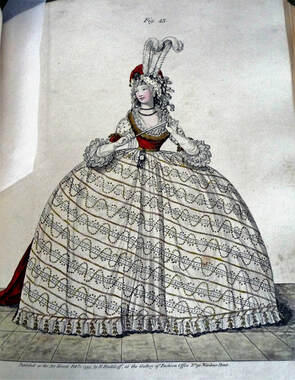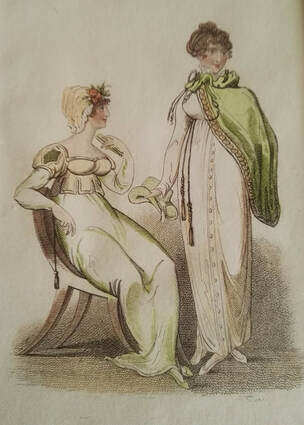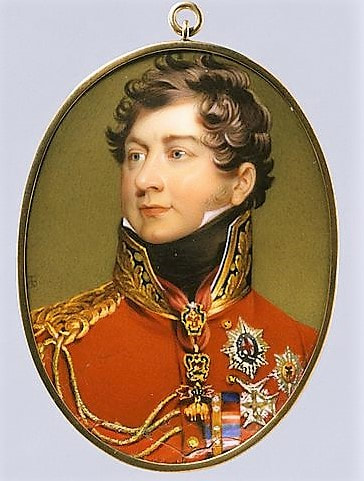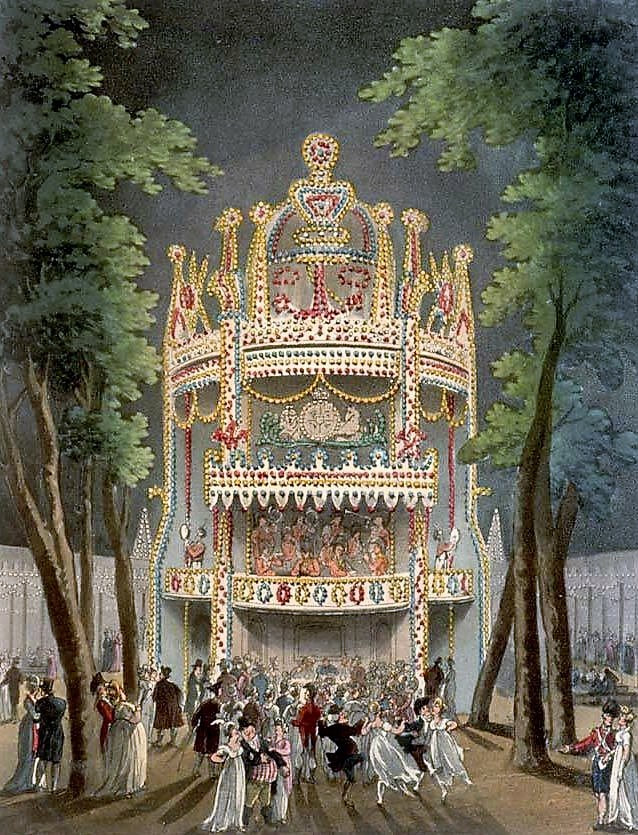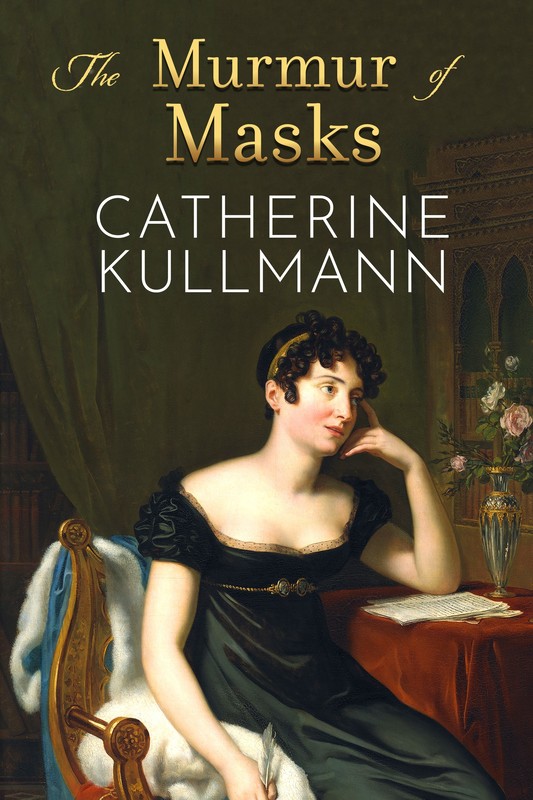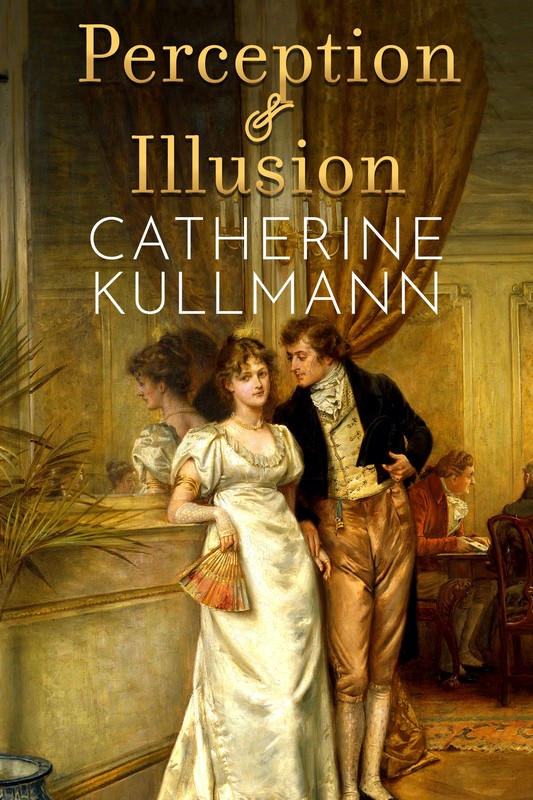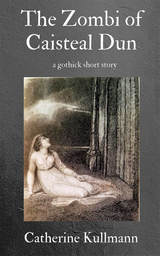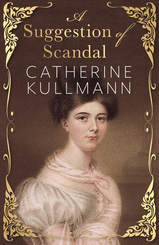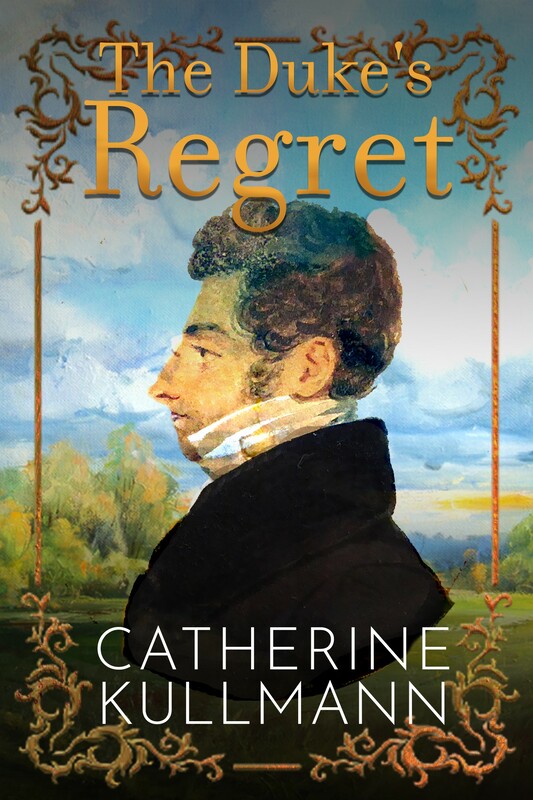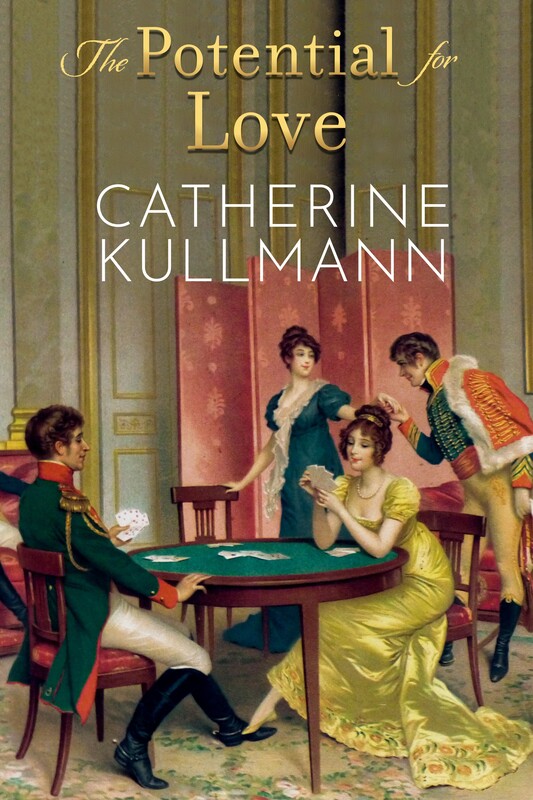I write Regency novels. This is shorthand for saying I write historical novels set in England in the second decade of the nineteenth century, a time of unprecedented change that continues to affect our modern lives. In this series of blogs, we will look behind the scenes to discover what makes this decade tick. What makes it so fascinating to us, two hundred years later?
Let us start with a snapshot of the UK on 31 December 1810. All was not well in the island kingdom. Having lapsed in and out of insanity for over two decades, King George III, sober paterfamilias, was finally deemed incapable of undertaking any affairs of state. Preparations were set in train to appoint as Regent his eldest son and heir, the affable, extravagant and adulterous Prince of Wales.
Back at home, the bulk of wealth, power and influence lay in the hands of the aristocracy and landed gentry who also controlled the established Church of England, the universities and the military and legal professions. In a study carried out two years later, in 1812, these classes made up 7.8% of families in Great Britain and Ireland but received 40.19% of the total annual income generated therein. Unsurprisingly, they resisted any attempts to reform a system that worked well for them but not so well for the rest of the country.
